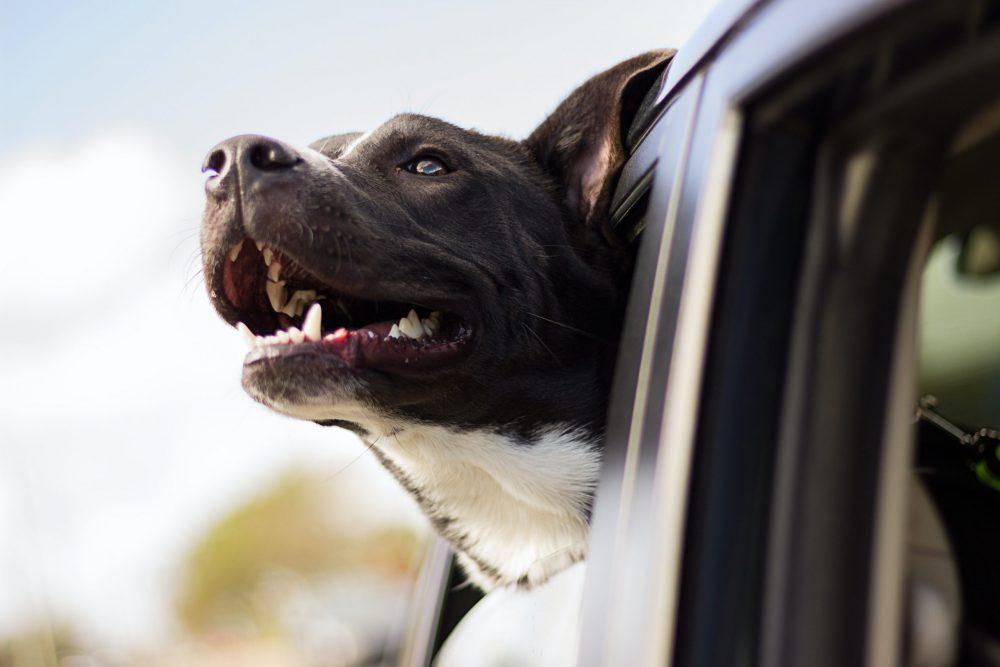
Right, we’ll get straight to the big one here – is driving in flip-flops illegal? Or is it illegal to drive barefoot?
No, these aren’t illegal, they’re just not recommended. It’s much safer to drive in normal, flat shoes.
Now that the illegal flip-flop myth is out of the way, here a few things that could catch you out.
Flashing your headlights to give right of way
The Highway Code states that headlights should only be flashed to let other road users know you’re there. You should not “flash your headlights to convey any other message or intimidate other road users.”
You may be used to giving right of way with a quick flash of your headlights. But be careful, because that could actually get you in trouble.
Using your phone as a sat nav in an unfixed position
If you get distracted by having to move your phone from the seat next to you, or if you’re resting it on your legs, that’s just as illegal as holding your phone for a call while driving.
If you plan to use a map app (or mapp for short) on your mobile, make sure you have it clipped into place somewhere easy to see from your driving position (but not blocking your view of the road).
Driving while distracted can be very dangerous. So don’t just do this one to avoid getting in trouble, do it because it’s safer for you and everyone else on the road.
Letting your pet out of the car when broken down on the motorway
This rule about our furry friends and breakdowns may come as a shock.
The Highway Code states that if you’re broken down, “animals MUST be kept in the vehicle or, in an emergency, under control on the verge.”
For dogs specifically, “under control” means keeping your dog very close by on a short leash. But, for whatever animal you have, if there is a way you can keep it contained at the side of the road (such as travel cases for cats), use every measure you can to make sure it won’t run onto the road and cause an incident.
As difficult as it may be to leave a pet in your vehicle (if you have to), this rule is for the safety of everyone around you. Animals running into the road can cause serious accidents. So, take every precaution to control your pet if you do need to take it out of the car.
Driving on the pavement
Unless you’re turning into a driveway or accessing a property, at no point should you drive on a pavement, footpath, or bridleway. The Highway Code lays it out simply in rule 145 – the only exception is in an emergency.
So, be careful if you plan on sneaking up the inside of a queue at an intersection. Mounting the kerb could land you with a fine or points.
Have a Highway Code refresher
This isn’t one of the illegal things. This is just a recommendation.
If any of these surprised you, it may be worth having a browse of the Highway Code. It’s been updated fairly recently, so if you passed your test some time ago, it may be a good refresher.
There are plenty of things that are legal (such as eating while driving or bringing out your favourite driving flip-flops) but aren’t necessarily smart or safe. So, you should always be cautious whenever you hit the road.
Remove distractions where possible. Take a break and park up before you eat, put your phone on silent or have a hands-free set up, secure pets safely (you can get harnesses at the Green Flag Shop).
And always make sure you’re fit to drive. Wear glasses if you need them, don’t drive in the morning after a night drinking alcohol, never use noise-cancelling headphones so you can always hear any warning sounds. Familiarise yourself with the Highway Code, and stay safe out there.